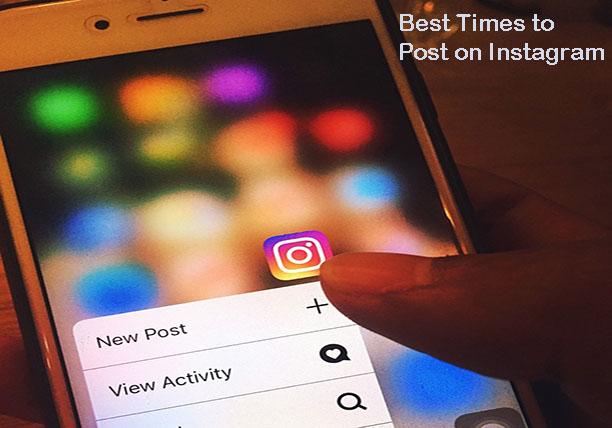The world of content creation is constantly evolving, and copywriting is no exception. AI tools are making waves in the industry, offering a powerful way to boost your productivity and craft compelling content. But what exactly are AI copywriting tools, and how can you leverage them to take your copywriting to the next level?
What are the key AI copywriting tools?
AI tools are used for a variety of marketing tasks – and copywriting is no exception. To use generative AI well, it’s best to concentrate on just three or four tools. Although it’s tempting to try every new arrival on the market, sticking to a few tools and mastering them will likely give you better results.
Right now, there are four key AI-powered chatbots to consider:
- ChatGPT developed by OpenAI
- Claude from Anthropic
- Gemini, Google’s model
- Copilot, Microsoft’s AI assistant
These are the four tools (or models) I find most useful as a copywriter. Each one has its unique features, so I often move between them depending on what I need.
Let’s look at each tool in a bit more detail.
ChatGPT
At the time of writing, OpenAI had just revealed its brand new GPT-4o model. This is available to ChatGPT Plus customers now and will be coming to free users soon.
GPT-4o (the o stands for “omni”) is a multi-modal model that combines audio, visual, and text processing. Think of it as a combination of ChatGPT capabilities and a Siri that can ‘see’.
Google Gemini
Google’s chatbot, Gemini, arrived almost a year after ChatGPT, and it feels like they’ve been playing catch-up ever since. That said, the models are powerful, highly effective – and better than ChatGPT for some tasks.
Like ChatGPT, there are free and paid versions: Gemini and Gemini Advanced. Using Advanced gives you access to Google’s most powerful model to date – 1.5 Pro.
Claude by Anthropic
Anthropic was set up by two ex-Open AI employees and has had huge amounts of investment – most recently $4 billion from Amazon. Its chatbot, Claude, is currently powered by its third-generation model – Claude 3.
What’s special about Claude? Well, it’s a popular one amongst copywriters as it has a less formal default tone than ChatGPT. If you want a tool to help you write first-draft copy, Claude is a great option!.
Microsoft Copilot
Copilot is more of an all-round AI assistant, but it does have a chatbot as part of its offering. It’s powered by GPT-4, the model that underpins ChatGPT Plus – but it’s free here.
One of the unique features of Copilot’s chatbot is the ability to choose from three conversation styles:
- Balanced: This is best for the most common tasks, such as search.
- Creative: This is ideal if you need to generate new content, or longer or more expressive output.
- Precise: This is good for shorter, more factual jobs.
AI: Your Powerful Copywriting Partner
AI copywriting tools utilize machine learning and natural language processing (NLP) to understand human writing patterns and generate content. They can analyze vast amounts of data to identify what works and what doesn’t, allowing them to create copy that resonates with your target audience.
Here are just a few ways AI can be your secret weapon in the copywriting game:
- Beat Writer’s Block: Struggling to come up with a captivating headline or product description? AI tools can provide a springboard for your creativity, offering a variety of options to get your juices flowing.
- Content at Scale: Need to churn out a high volume of content for social media, blog posts, or email campaigns? AI can help you generate drafts quickly and efficiently, freeing up your time to focus on strategy and refinement.
- Multilingual Magic: Expanding your reach to international markets? AI tools can translate and adapt your content for different languages, ensuring your message resonates globally.
- SEO Optimization: Want your content to rank higher in search results? Some AI tools analyze search engine trends and suggest keywords and phrases to optimize your copy for better visibility.
AI Isn’t a Replacement, It’s a Collaboration
While AI offers a wealth of benefits, it’s important to remember that it’s not a magic bullet. AI-generated copy often lacks the nuance and human touch that truly connects with readers. The best approach is to view AI as a collaborator, not a replacement. Use it to generate ideas, overcome writer’s block, and streamline your workflow. Then, apply your human expertise to refine the content, ensuring it aligns with your brand voice and resonates with your target audience.
Getting Started with AI Copywriting
Ready to explore the power of AI for your copywriting needs? Here are some steps to get you started:
- Research AI Copywriting Tools: There are a variety of AI copywriting tools available, each with its strengths and weaknesses. Explore options like Jasper, Copy.ai, and Writesonic to find one that suits your needs and budget.
- Start with Simple Tasks: Don’t dive headfirst into complex projects. Begin by using AI to generate headlines, product descriptions, or social media posts. This will help you get comfortable with the tool and identify its capabilities.
- Provide Clear Instructions: Remember, AI works best with clear instructions. When using the tool, provide details about your target audience, brand voice, and desired outcome. The more specific you are, the better the results will be.
- Edit and Refine: Don’t expect AI-generated content to be perfect. Use your copywriting skills to edit, refine, and ensure the final product aligns with your brand and resonates with your audience.
The Future of Copywriting is Now
AI copywriting tools are revolutionizing the content creation landscape. By embracing this technology and using it strategically, you can streamline your workflow, overcome writer’s block, and craft compelling copy that gets results. So, ditch the blank page and embrace the power of AI to take your copywriting to the next level.


